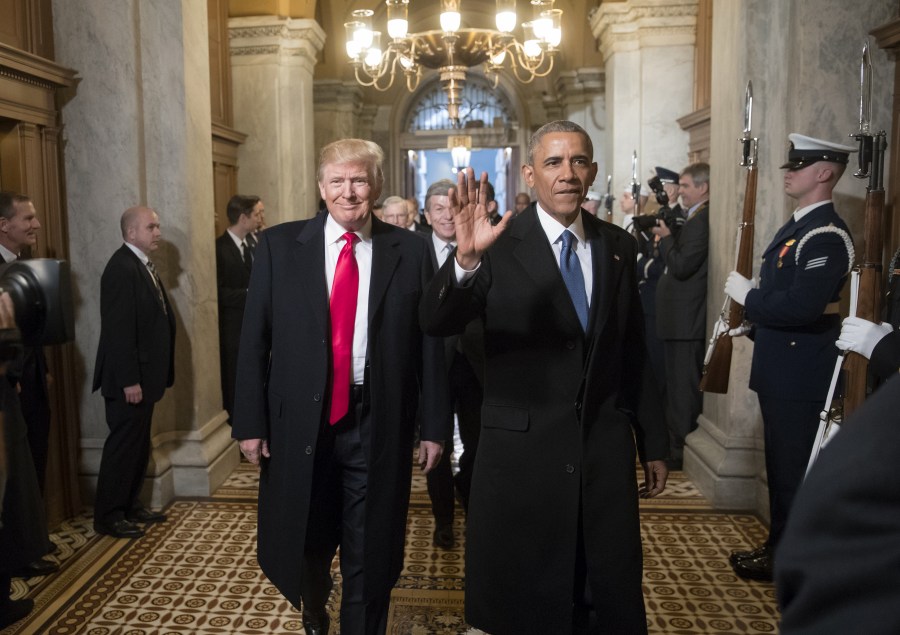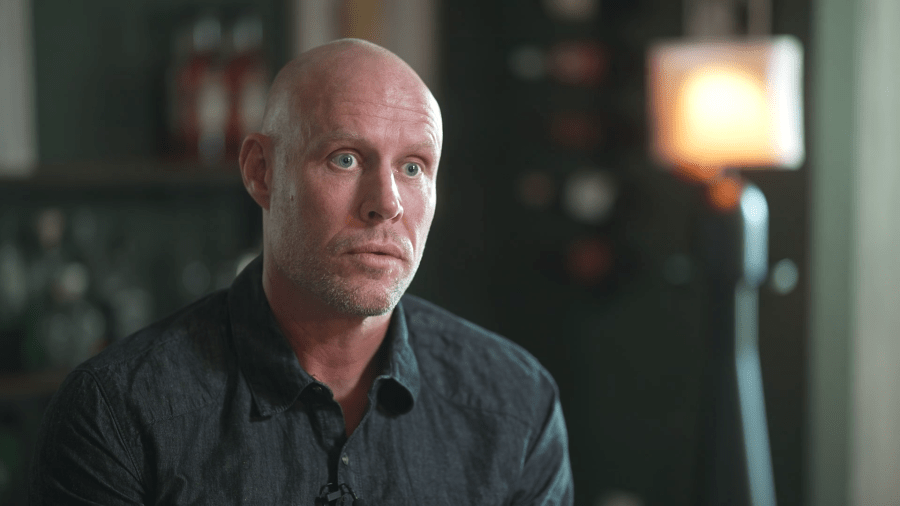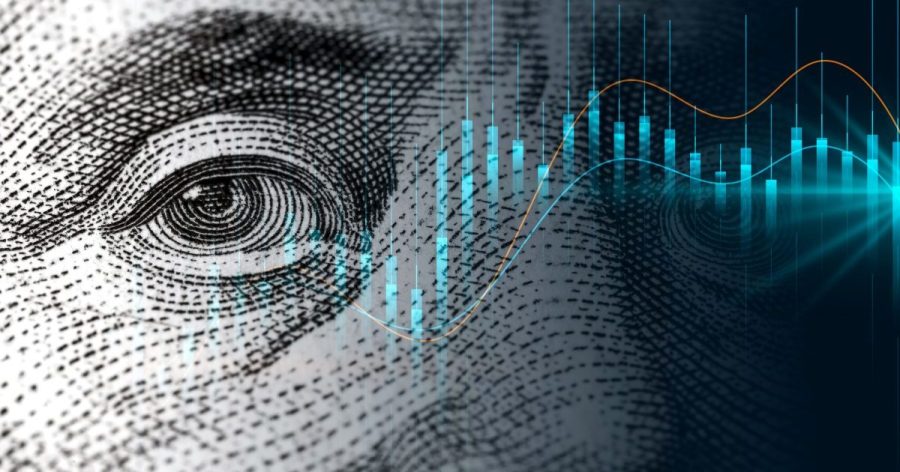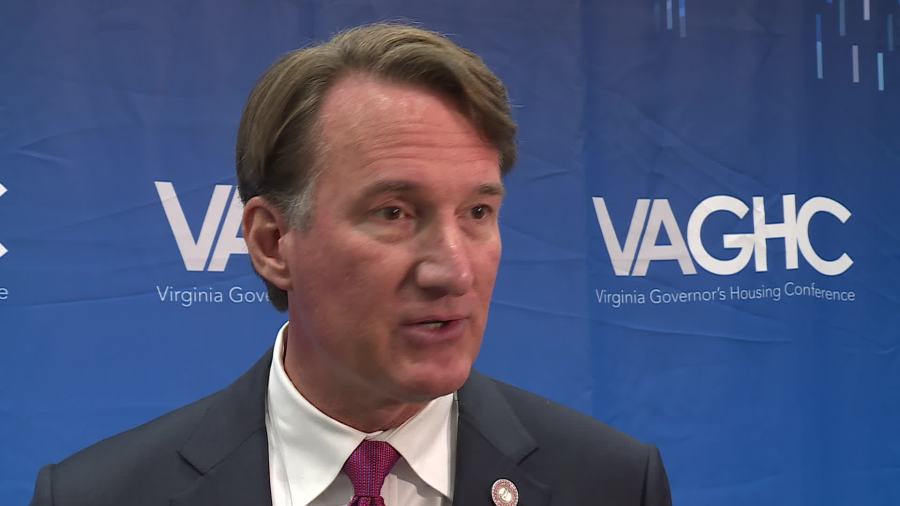
The most unusual past presidential inaugurations: List
(NewsNation) — On Jan. 20, Donald Trump will be sworn in as the 47th president of the United States and the second president to serve two nonconsecutive terms.
The most recent inauguration, of President Joe Biden in 2021, which was impacted by the global COVID-19 pandemic, was far from the first atypical ceremony.
Here, NewsNation breaks down some of the strangest aspects of past presidential inaugurations.
President Jackson’s inauguration party
Andrew Jackson’s swearing-in. (Library of Congress)
On March 4, 1829, Andrew Jackson officially became the seventh president of the United States and celebrated in style.
As was customary at the time, the White House was open to the public on Inauguration Day. However, many more people than usual attended, believing Jackson represented the common man.
According to the White House Historical Association, panic reigned with too many people in a small area, and socialities were left to mingle with commoners, leading to a Georgia congressman’s wife escaping via a window.
President Jackson had to be whisked out of the house and away to the National Hotel for dinner. Tubs of whiskey punch were placed to sway the crowd back outside.
Eisenhower caught by a cowboy
A cowboy lassos President Dwight D. Eisenhower at the Inaugural Parade. Also present are former President Herbert Hoover (seated behind Eisenhower), First Lady Mamie Eisenhower (standing next to chair on right), and Vice President Richard Nixon (standing, right). All others are unidentified. (Abbie Rowe, National Park Service, Harry S. Truman Presidential Library)
The interest in the Wild West during the 1950s was so high that former President Dwight Eisenhower was lassoed during his 1953 inauguration.
Vice President Richard Nixon was pictured laughing as Montie Montana, a rodeo trick roper, added some Western fun to proceedings.
According to multiple reports, Montana suggested Eisenhower and Nixon wear 10-gallon cowboy hats, but President Eisenhower opted for the lasso.
No crowd for Coolidge
Calvin Coolidge, the 30th president of the United States, had an audience of one when he began his presidency in 1923.
Coolidge, then vice president, received word that President Warren G. Harding had died, and thus Coolidge was now the leader of the free world.
Conveniently, Coolidge’s father was a justice of the peace and administered the oath of office with their family Bible.
Harrison’s deadly speech
The inauguration of William Henry Harrison. (Library of Congress)
William Henry Harrison was inaugurated as the ninth president in 1841, delivering the longest inauguration speech in U.S. history.
Harrison’s speech was 8,445 words long on a cold, wet day in Washington, D.C., according to the Joint Congressional Committee on Inaugural Ceremonies.
Just 31 days later, Harrison died of pneumonia, which many believe to be a result of the lengthy inauguration ceremony in the harsh elements.
Frozen out
The inauguration of President Ulysses S. Grant. (Library of Congress)
Ulysses S. Grant’s inauguration in 1873 was so cold that much more than the audience froze their tails off. Food and champagne froze over as well as hundreds of canaries that were brought in for the ceremony.
The canaries were meant to sing to the crowd but did not get much of a chance. Despite the common thought being that the canaries froze, a Washington Post article from 1977 suggested others believed they were asphyxiated via gas escaping nearby lamps.
Inauguration delay
The inauguration of Gen. Zachary Taylor. (Library of Congress)
Zachary Taylor, the 12th U.S. president, refused to be sworn in on March. 4, 1849, after it landed on a Sunday.
Taylor, widely believed to have been an Episcopalian, wanted to keep the Sabbath as a holy day, and as such, his inauguration was on March 5.
Taylor’s delayed inauguration was the second of its kind due to falling on a Sunday.



